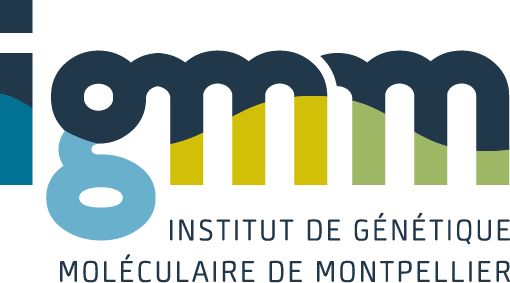PURPOSE OF REVIEW: Hematopoietic stem cells (HSCs) possess two fundamental characteristics, the capacity for self-renewal and the sustained production of all blood cell lineages. The fine balance between HSC expansion and lineage specification is dynamically regulated by the interplay between external and internal stimuli. This review introduces recent advances in the roles played by the stem cell niche, regulatory transcriptional networks, and metabolic pathways in governing HSC self-renewal, commitment, and lineage differentiation. We will further focus on discoveries made by studying hematopoiesis at single-cell resolution. RECENT FINDINGS: HSCs require the support of an interactive milieu with their physical position within the perivascular niche dynamically regulating HSC behavior. In these microenvironments, transcription factor networks and nutrient-mediated regulation of energy resources, signaling pathways, and epigenetic status govern HSC quiescence and differentiation. Once HSCs begin their lineage specification, single-cell analyses show that they do not become oligopotent but rather, differentiate directly into committed unipotent progenitors. SUMMARY: The diversity of transcriptional networks and metabolic pathways in HSCs and their downstream progeny allows a high level of plasticity in blood differentiation. The intricate interactions between these pathways, within the perivascular niche, broaden the specification of HSCs in pathological and stressed conditions.
Hematopoietic stem cell lineage specification
Pouzolles, M.; Oburoglu, L.; Taylor, N.; Zimmermann, V. S.
2016
Curr Opin Hematol
2016-07 / vol 23 / pages 311-7
Abstract
10.1097/MOH.0000000000000260
1531-7048 (Electronic) 1065-6251 (Linking)
IGMM team(s) involved in this publication

